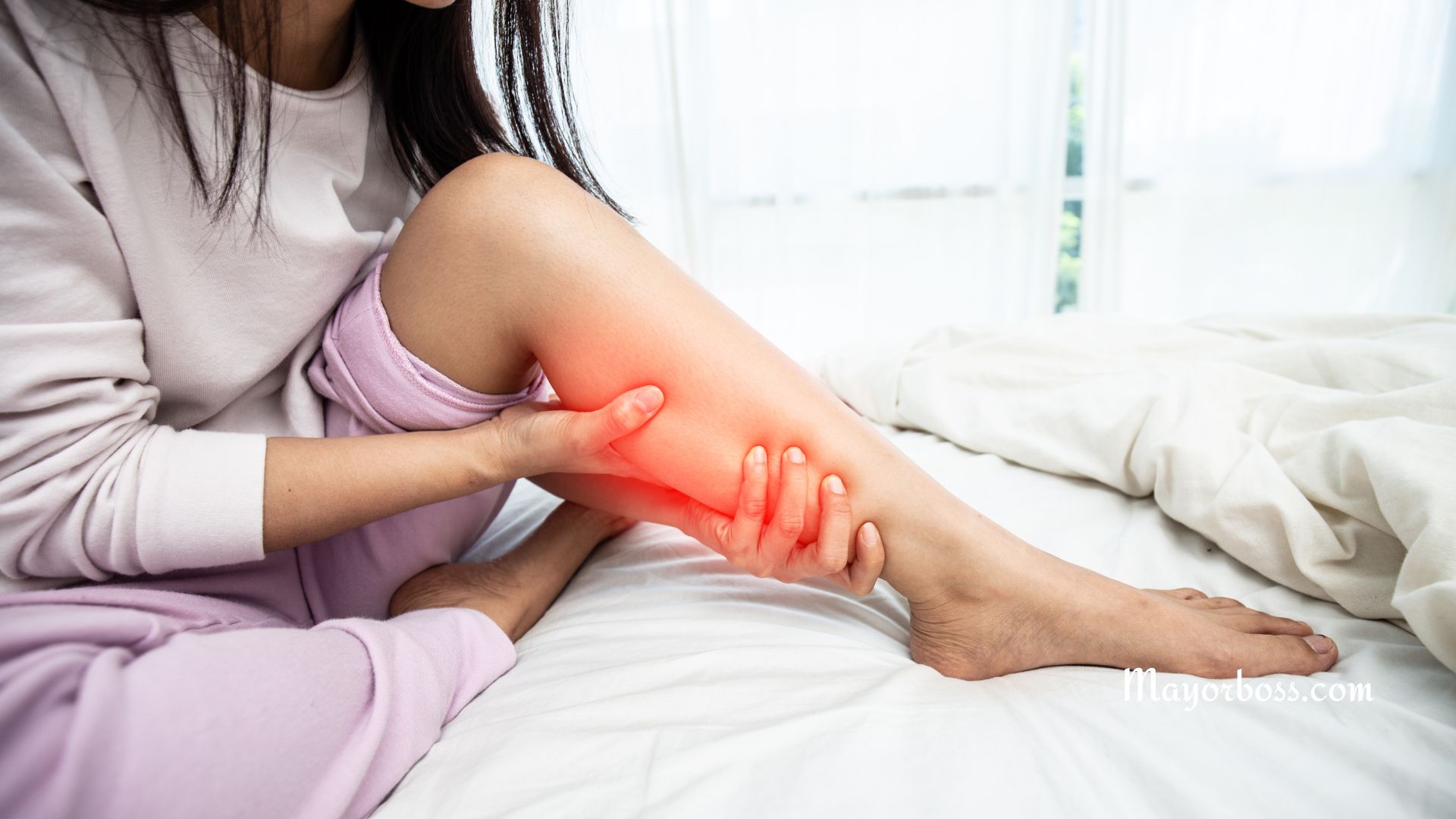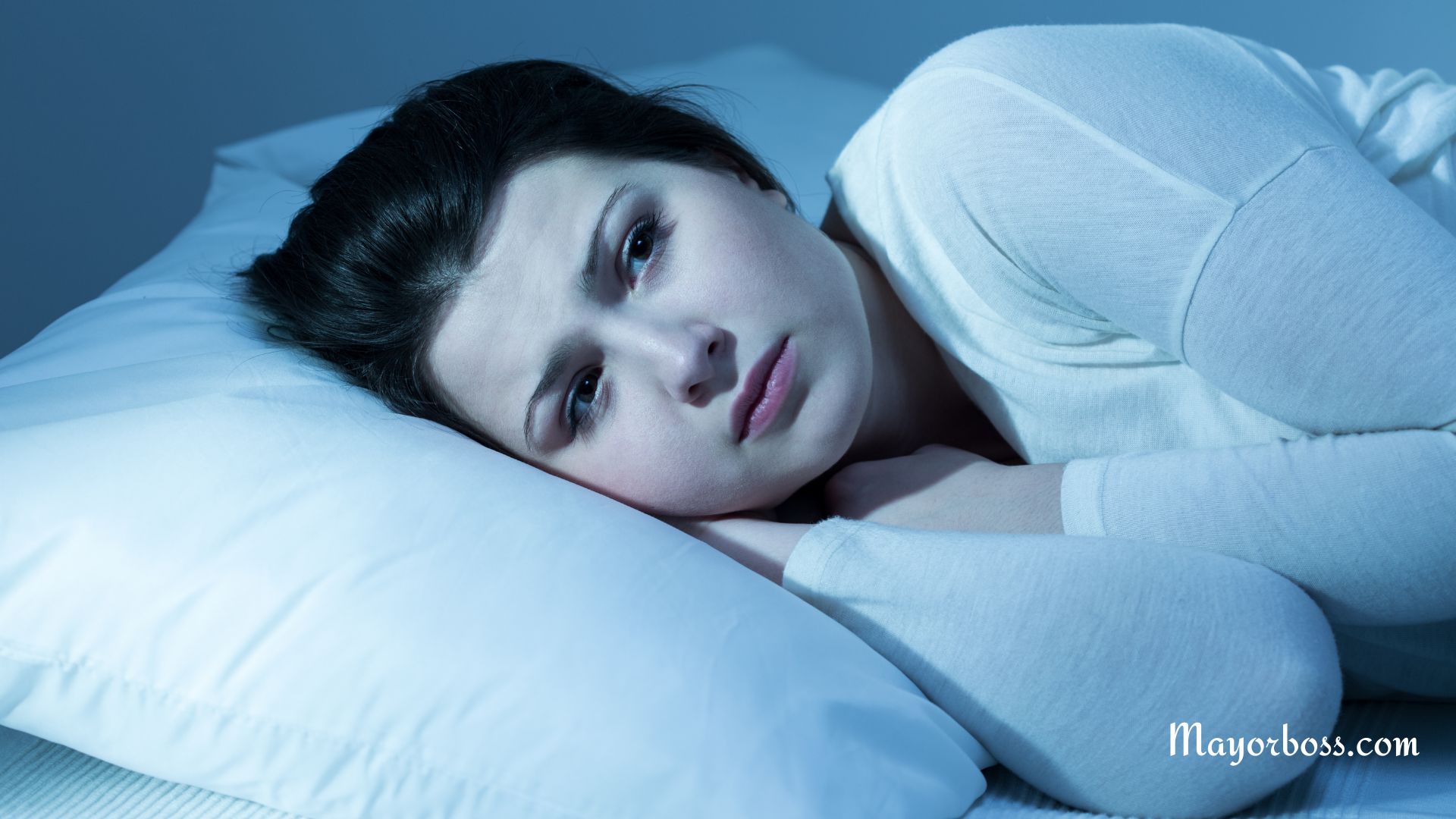Tips to Relieve Abdominal Pain After Exercise
Abdominal pain after exercise can be uncomfortable and concerning, but understanding the reasons behind it and knowing how to alleviate it can help you feel better quickly. Here’s what you need to know:

What Are the Causes of Abdominal Pain After Exercise
Abdominal pain after working out can occur due to various reasons, including:
- Muscle Cramps: Intense physical activity can lead to muscle cramps in the abdominal region, causing discomfort.
- Stitch: This sharp pain, often felt on the side of the abdomen, is known as a “stitch.” It can occur when the diaphragm muscle becomes fatigued or when there’s reduced blood flow to the abdominal area during exercise.
- Indigestion: Exercising on a full stomach or consuming certain foods before exercising can cause indigestion, leading to abdominal pain.
- Dehydration: Insufficient hydration can lead to muscle cramps and discomfort in the abdominal area during exercise.
Tips to Relieve Abdominal Pain After Exercise
- Hot Compress: Applying a hot compress or heating pad to the abdominal area after exercise can help soothe sore muscles and alleviate cramping or discomfort.
- Massage: Gentle massage of the abdominal area after exercise can help relax tense muscles and alleviate discomfort. Use circular motions with light pressure to promote blood flow and relaxation.
- Hydrate: Consume enough of water before, during, and after your workout to prevent dehydration, which can exacerbate abdominal discomfort.
- Warm-Up and Cool Down: Properly warm up your muscles before exercise and cool down afterward to reduce the risk of muscle cramps and stitches.
- Modify Your Diet: Avoid eating large meals or foods that are difficult to digest before exercising. Opt for light, easily digestible snacks if you need pre-workout fuel.
- Practice Proper Breathing: Focus on deep breathing during exercise to prevent stitches. Inhale deeply through your nose and exhale slowly through your mouth.
- Stretch: Perform gentle stretches targeting the abdominal muscles before and after exercise to reduce tension and prevent cramping.
- Rest: If you experience severe abdominal pain during exercise, stop and rest. Pushing through the pain can exacerbate the issue.
- Over-the-Counter Medications: If indigestion or muscle cramps persist, you may consider taking over-the-counter medications such as antacids or pain relievers.
- Avoid Carbonated Drinks: Carbonated beverages can cause bloating and gas, leading to abdominal discomfort during exercise. Opt for water or non-carbonated beverages instead.
- Check Your Posture: Maintaining a proper posture during exercise can prevent strain on the abdominal muscles and reduce the likelihood of cramps or discomfort.
- Wear Comfortable Clothing: Tight or restrictive clothing can constrict the abdomen and exacerbate discomfort during exercise. Opt for loose, breathable clothing that allows for freedom of movement.
When to Seek Medical Attention
While mild abdominal discomfort after exercise is common and usually resolves on its own, there are instances where medical attention may be necessary. Seek medical help if:
- The pain is severe or persistent.
- You experience additional symptoms such as nausea, vomiting, fever, or diarrhea.
- The pain worsens with movement or deep breathing.
- You notice blood in your stool or urine.
Frequently Asked Questions
1. Why does my stomach hurt after I exercise?
Abdominal pain after exercise can occur due to various reasons, such as muscle cramps, stitches, indigestion, or dehydration. Ensuring proper hydration, warming up and cooling down, and modifying your diet can help alleviate this discomfort.
2. Should I continue exercising if my stomach hurts during a workout?
It’s important to listen to your body. If you experience severe abdominal pain during exercise, it’s best to stop and rest. Continuing to exercise through the pain can worsen the issue.
3. How can I prevent abdominal pain after exercising?
To prevent abdominal pain after exercising, stay hydrated, avoid heavy meals before workouts, practice proper breathing techniques, and incorporate gentle stretches into your routine. Additionally, ensure you warm up properly before exercising and cool down afterward.






